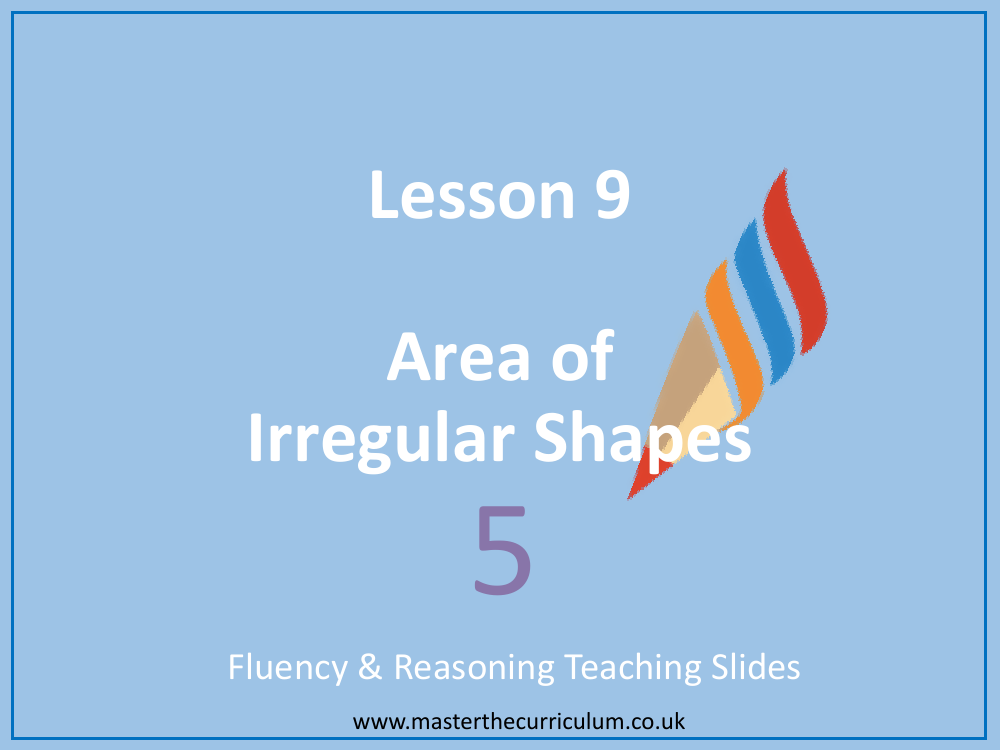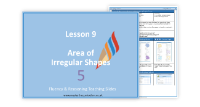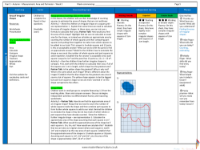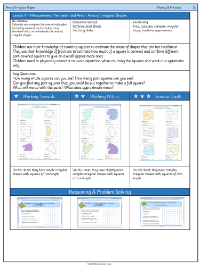Perimeter and Area - Area of Irregular Shapes - Presentation

Maths Resource Description
In Lesson 9, students delve into the concept of calculating the area of irregular shapes, using their existing knowledge of counting squares and determining the area of rectangles. The lesson aims to teach how to find an approximate area, where 'approximate' refers to a close estimation rather than an exact measurement. Students are prompted to discuss what 'approximate' might mean in the context of measuring areas. They are then presented with the practical task of estimating the area of a pond, with the guidance that each square on the grid represents 1 square metre. Through activities, students learn to count the number of whole squares within an irregular shape and consider how to account for partial squares to arrive at an approximate total area.
Further activities involve comparing the areas of different irregular shapes to identify which has the greatest area, with the assumption that each grid square is 1 centimetre in length. Students are encouraged to use reasoning skills to determine whether answers such as '6 whole squares and 12 parts' or '9 whole squares and 14 parts' are acceptable, and how to use these parts to find an approximate area. For example, if the pond has 14 partial squares, multiplying by 1 square metre yields an estimated area of 14 square metres. The lesson also includes a creative task where students are asked to construct a 'Pirate Island' using given area measurements for various features, such as a circular island and an oval lake, enhancing their understanding of spatial distribution and area approximation.



